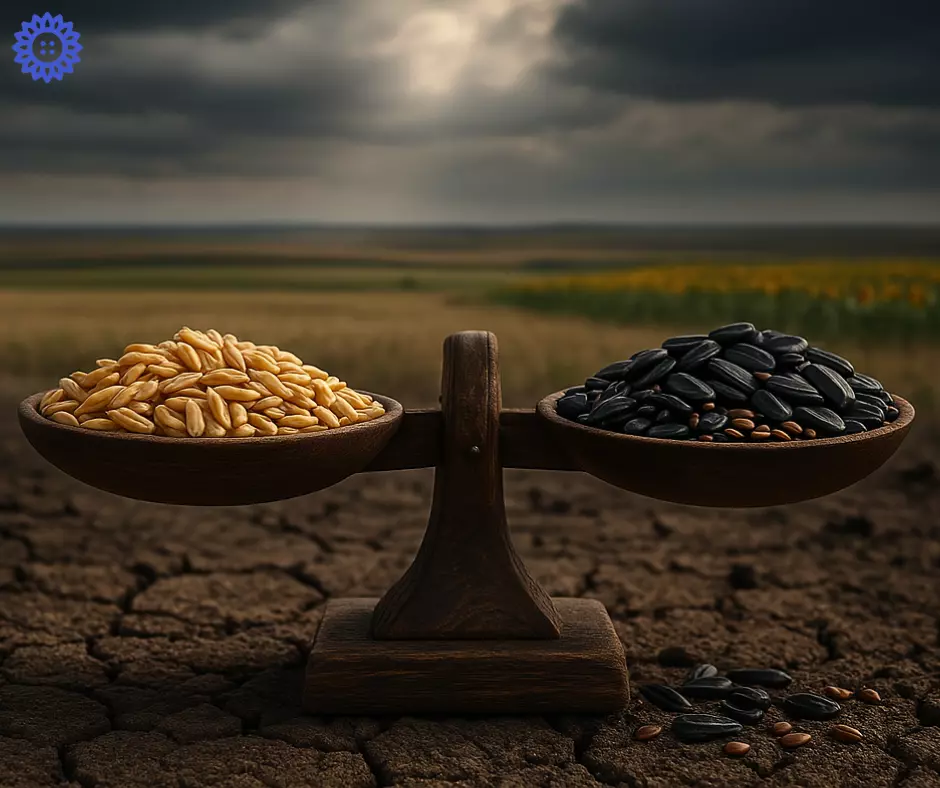27.03.2025, 13:53
Grain and Oilseed Prices: What’s Happening in the Market and How Should Farmers Respond?

This week, Kazakhstan's grain and oilseed market is showing mixed signals, prompting farmers to closely monitor trends and adjust their trading strategies. Experts from the Research Bureau "Grain and Oilseed Crops. Kazakhstan" in cooperation with the Ministry of Agriculture of the Republic of Kazakhstan have updated their recommendations on key agricultural crops: advising caution for some, and urging sales for others.
Grains
Amid stable dynamics, prices for 3rd class wheat with up to 23% gluten have increased by 2 tenge per kilogram. A similar price increase is seen for 2nd class barley, whose price has now nearly equaled that of low-gluten 3rd class wheat. This is a rare situation where traditionally cheaper barley reaches price parity with higher-class wheat.
Wheat of the 3rd class with 28% gluten and above has maintained its previous price level. However, despite the price stagnation, analysts advise holding off on deals and taking a wait-and-see approach — the growth potential remains. The current price for this category still significantly lags behind the projected upper limit.
For lower-quality wheat (4th and 5th classes), the recommendation remains the same — sell stocks as needed, avoiding hasty transactions.
A key point was the recommendation to halt barley trading: rising prices amid a likely supply restriction create conditions for potentially more profitable prices in the near future.
As for durum wheat, the situation is clearer. Regardless of protein levels (14% or 15%), farmers are strongly advised to lock in profits and proceed with sales — further price growth is not expected, especially amid predicted declines in some categories.
Oilseeds
The oilseed market is seeing a noticeable surge in interest in flax and sunflower. Over the week, flax increased by 17 tenge per kilogram, and sunflower rose by 12. These changes led experts to recommend holding off on sales — both crops still have growth potential.
For other crops, a more selective approach is recommended. Safflower remains in the background — with current price stagnation, it is advised to sell it without expecting upward movement.
Soybeans, peas, mustard, and lentils (both red and green) remain stable, and the strategy here is unchanged: sell when needed.
Rapeseed and mustard prices show a wide forecast range — under favorable market conditions, significant growth is possible, but for now, the market does not show a confident upward trend.
Experts advise farmers to carefully assess both price dynamics and their own internal needs — technical or financial. In today’s market, impulsive decisions may result in missed profits. Regional factors, crop quality, and delivery conditions should also be considered.
The average values presented in the report serve as a guide, but actual deal prices may vary depending on numerous factors. The grain and oilseed market remains highly sensitive to external signals, and timely strategy adjustments are key to effective operations this season.